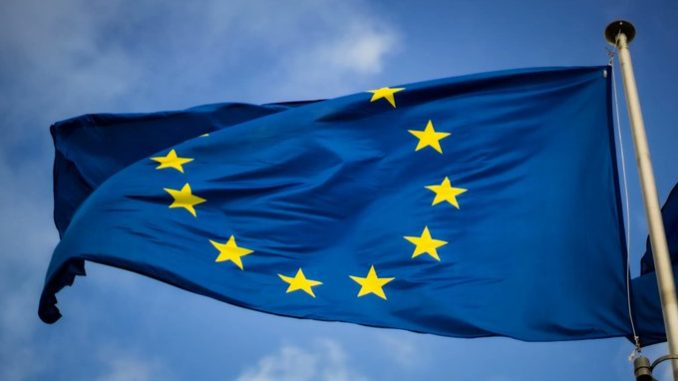
Rules governing the use of artificial intelligence across the EU will likely take over a year to be agreed upon.
Last year, the European Commission drafted AI laws. While the US and China are set to dominate AI development with their vast resources, economic might, and light-touch regulation, European rivals – including the UK and EU members – believe they can lead in ethical standards.
In the draft of the EU regulations, companies that are found guilty of AI misuse face a fine of €30 million or six percent of their global turnover (whichever is greater). The risk of such fines has been criticised as driving investments away from Europe.
The EU’s draft AI regulation classifies systems into three risk categories:
- Limited risk – includes systems like chatbots, inventory management, spam filters, and video games.
- High risk – includes systems that make vital decisions like evaluating creditworthiness, recruitment, justice administration, and biometric identification in non-public spaces.
- Unacceptable risk – includes systems that are manipulative or exploitative, create social scoring, or conduct real-time biometric authentication in public spaces for law enforcement.
Unacceptable risk systems will face a blanket ban from deployment in the EU while limited risk will require minimal oversight.
Organisations deploying high-risk AI systems would be required to have things like:
- Human oversight.
- A risk-management system.
- Record keeping and logging.
- Transparency to users.
- Data governance and management.
- Conformity assessment.
- Government registration.
However, the cumbersome nature of the EU – requiring agreement from all member states, each with their own priorities – means that new regulations are often subject to more debate and delay than national lawmaking.
